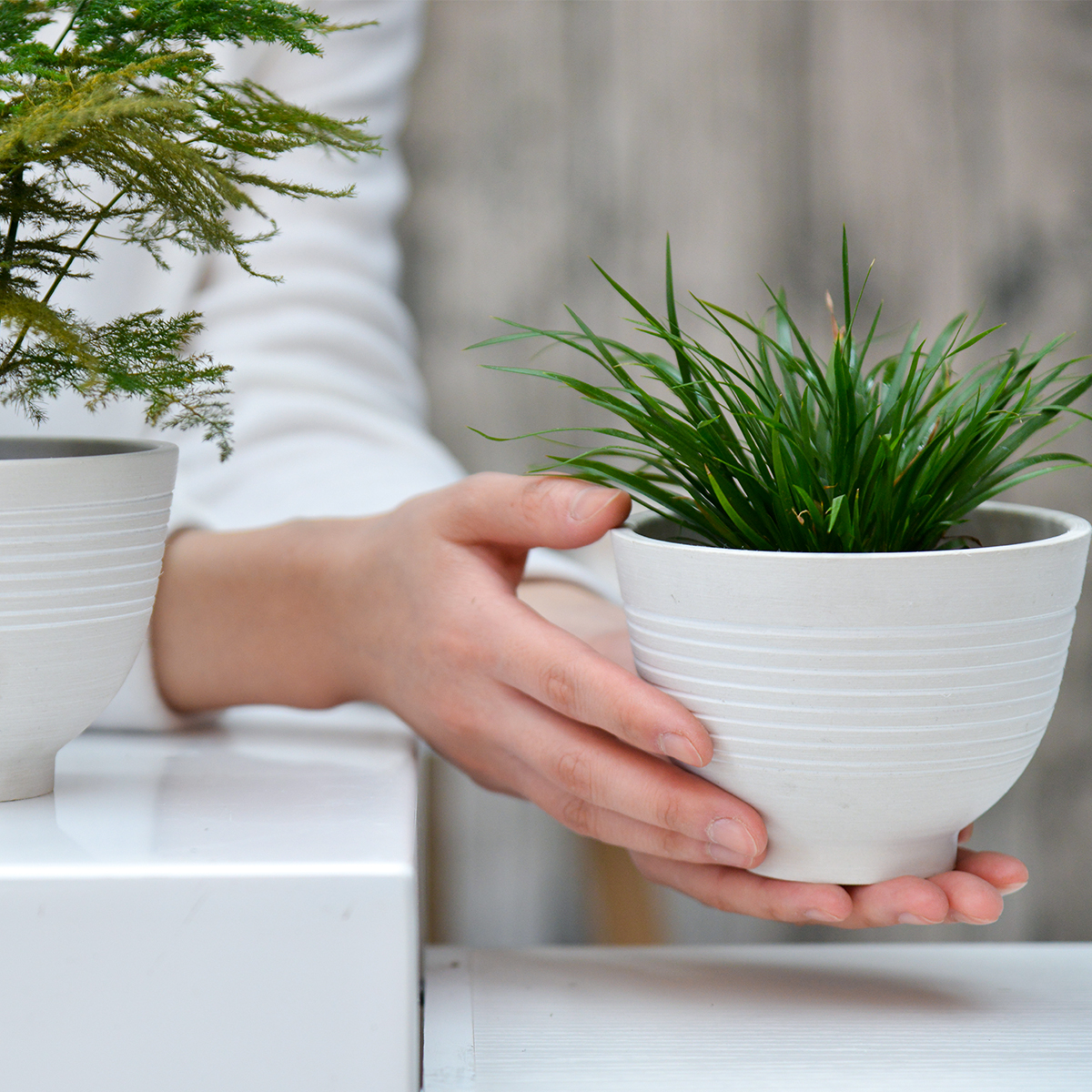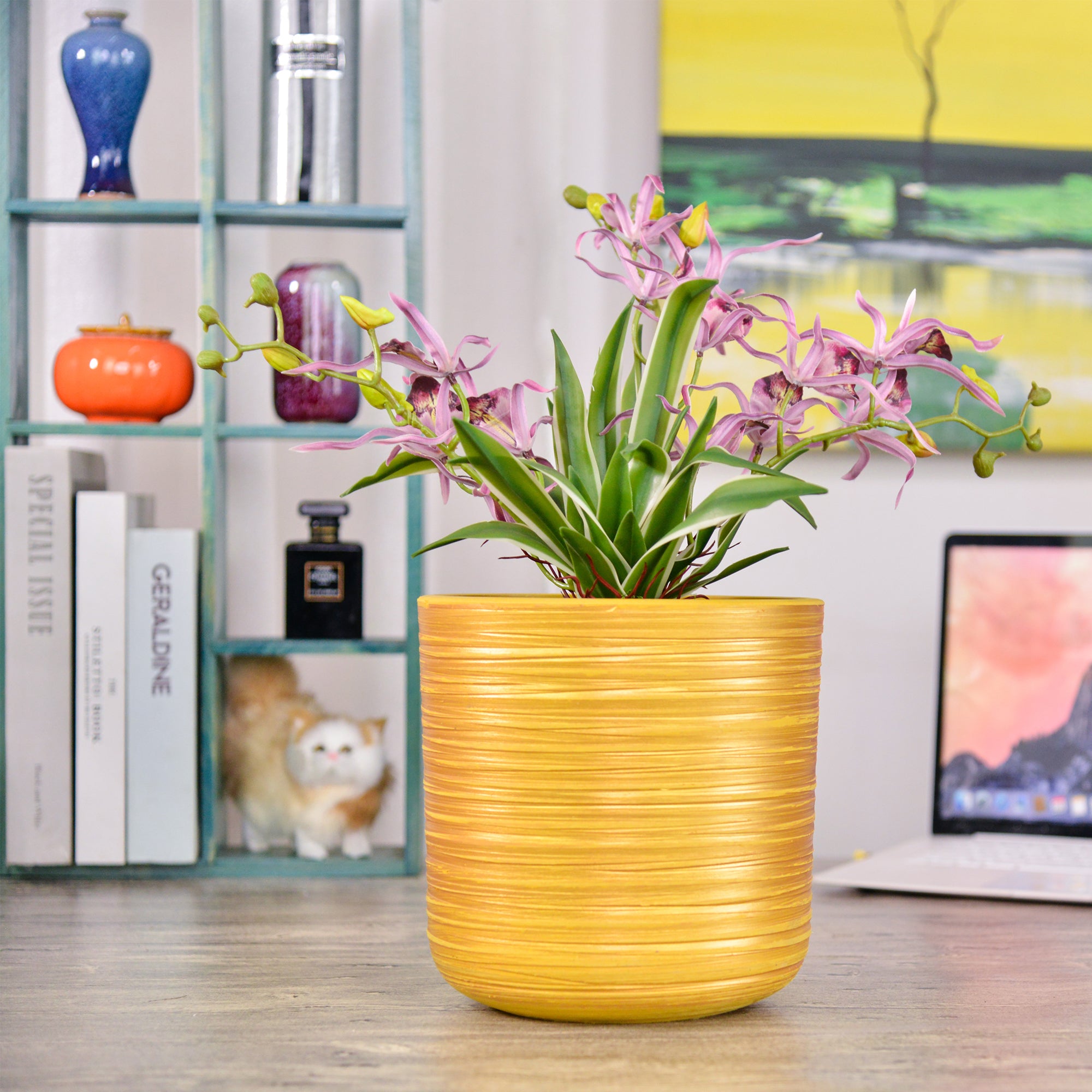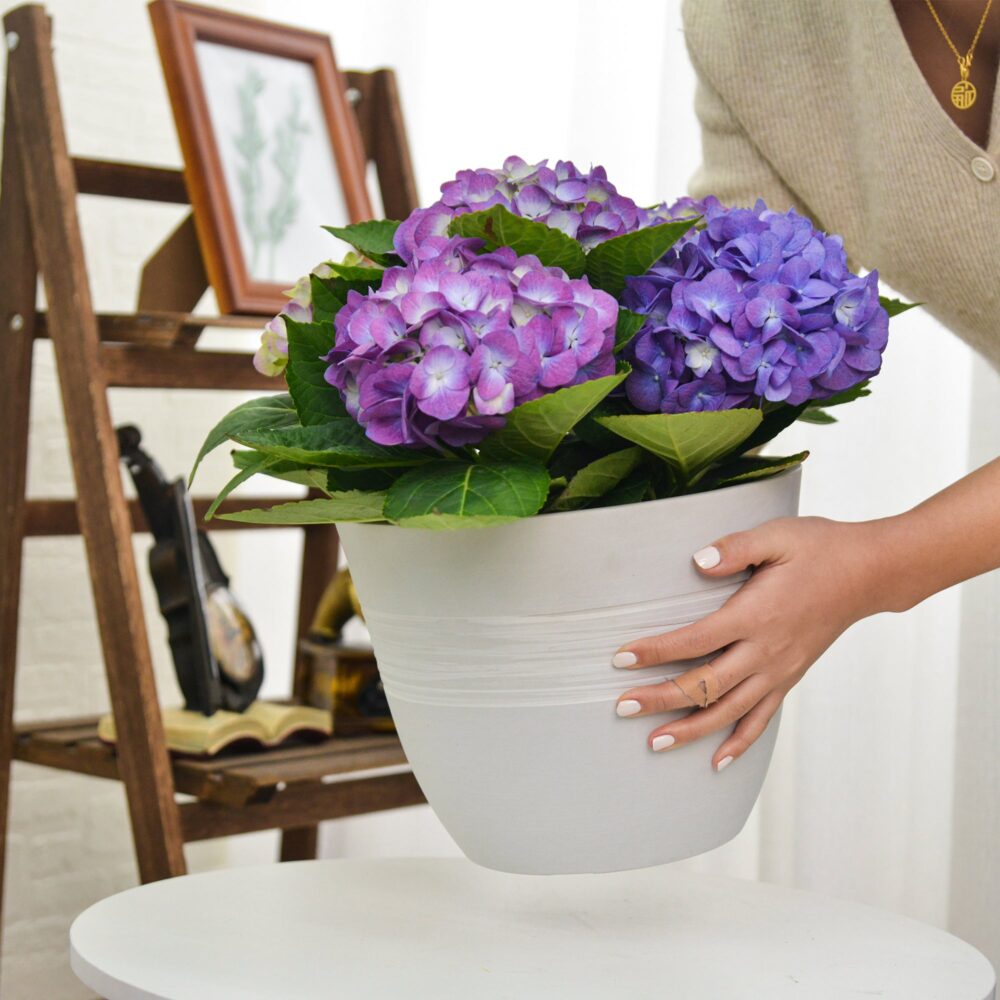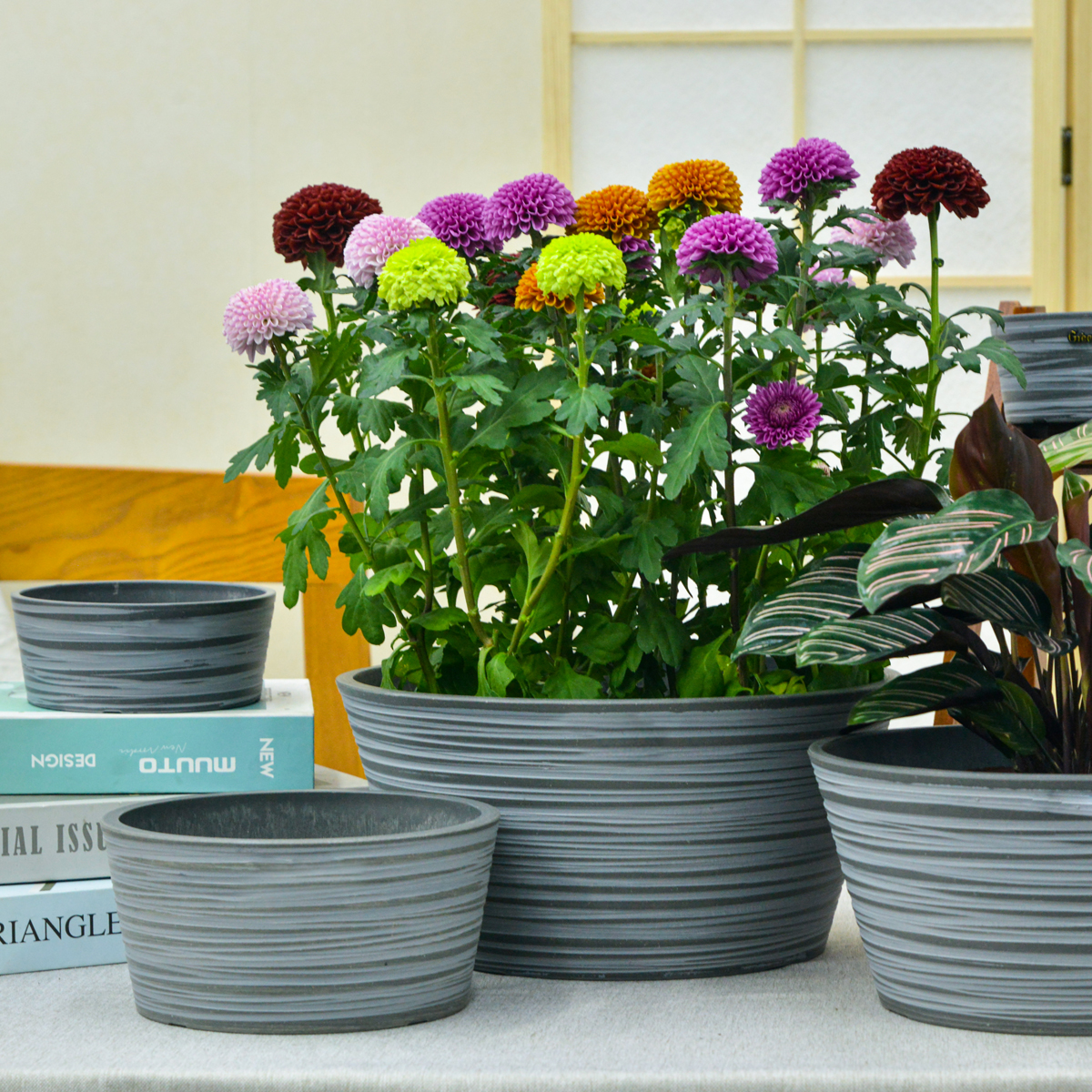What Plant Family Does the ZZ Plant Belong To? Is It a Succulent?
The ZZ plant, a popular choice for both experienced and novice plant owners in America, possesses fascinating botanical characteristics. Understanding its place in the plant kingdom helps us appreciate its unique adaptations and care requirements. Let’s delve into the specifics of the ZZ plant’s classification and its succulent nature.
Belonging to the Arum Family:
The ZZ plant (Zamioculcas zamiifolia) belongs to the Araceae family, also known as the Arum family or the Aroid family. This is a large family of flowering plants that includes well-known members such as peace lilies, pothos, calla lilies, and philodendrons. Plants in the Araceae family are often characterized by their distinctive flower structures, though the ZZ plant rarely blooms indoors.
Being part of the Araceae family means the ZZ plant shares some botanical traits with its relatives, particularly in its vegetative structure. The family is diverse and found in various habitats around the world.
Yes, the ZZ Plant is a Succulent (or Semi-Succulent):
While its appearance with glossy, upright leaves might not immediately scream “succulent” like a cactus or an aloe plant, the ZZ plant is indeed considered a succulent or semi-succulent. This classification is based on its ability to store water in specialized structures:
- Rhizomes: The ZZ plant has large, potato-like rhizomes that grow beneath the soil surface. These rhizomes act as water storage organs, allowing the plant to survive long periods of drought.
- Fleshy Stems and Leaves: The stems and leaves of the ZZ plant are also somewhat fleshy and contain water reserves, contributing to its drought tolerance.

This succulent nature is a key reason why the ZZ plant is so low-maintenance and forgiving of occasional neglect, especially when it comes to watering. It’s adapted to thrive in environments with infrequent rainfall, storing water to get through dry spells.
Understanding that the ZZ plant is a succulent informs its care requirements, particularly regarding watering. Overwatering is one of the most common mistakes with ZZ plants and can lead to root rot. Its succulent nature means it prefers to dry out between waterings, mimicking the conditions of its native habitat.
KC3-14A
By greenship|2024-08-16T06:26:30+00:00August 16, 2024|Categories: Hand-carving Series|
k2-21G
By greenship|2024-08-13T06:17:26+00:00August 13, 2024|Categories: Hand-carving Series|
11V
By greenship|2024-08-13T03:05:48+00:00August 13, 2024|Categories: Hand-carving Series|
Modern Plant Pots丨Planter for Indoor Plants,8 inch or 10 inch Plant Pots with Drainage Hole,Decorative Flower Pots
By greenship-seo|2025-04-10T08:32:55+00:00January 7, 2025|Categories: Hand-carving Series|Tags: Decorative Flower Pots, Self-Watering Pots|
Planter for Indoor Outdoor Plants, Set of 2 Modern Decorative Plant Pots with Drainage Hole, Decorative Flower Pots
By greenship-seo|2025-01-14T12:26:44+00:00January 14, 2025|Categories: Hand-carving Series|Tags: Decorative Flower Pots|
11THD
By greenship|2024-08-13T02:52:20+00:00August 13, 2024|Categories: Hand-carving Series|







